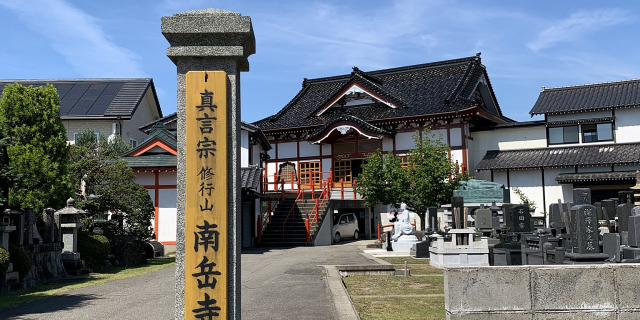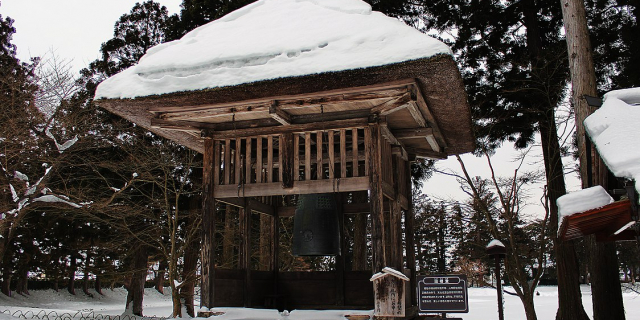The Three Mountains of Dewa (出羽三山, Dewa Sanzan) refer to the three sacred mountains of Mount Haguro, Mount Gassan and Mount Yudono, which are clustered together in the ancient province of Dewa (modern-day Yamagata Prefecture). Holy to the Japanese Shinto religion and especially the mountain ascetic cult of Shugendo, Dewa Sanzan are a popular pilgrimage site visited by many, including famed haiku poet Matsuo Bashō.
The Haguro Five-story Pagoda is a recognised national treasure of Japan.
It has three subshrines
- Mount Gassan with Gassan Shrine
- Mount Haguro with Hagurosan Shrine
- Mount Yudono with Yudonosan Shrine
The Three Mountains of Dewa (出羽三山, Dewa Sanzan) refer to the three sacred mountains of Mount Haguro, Mount Gassan and Mount Yudono, which are clustered together in the ancient province of Dewa (modern-day Yamagata Prefecture). Holy to the Japanese Shinto religion and especially the mountain ascetic cult of Shugendo, Dewa Sanzan are a popular pilgrimage site visited by many, including famed haiku poet Matsuo Bashō.
The Haguro Five-story Pagoda is a recognised national treasure of Japan.
It has three subshrines
- Mount Gassan with Gassan Shrine
- Mount Haguro with Hagurosan Shrine
- Mount Yudono with Yudonosan Shrine
The Dewa Sanzan mountains are particularly noteworthy as having the oldest history of mountain worship in Japan. The mountains were first opened as a religious centre over 1400 years ago in 593 by prince Hachiko, who was the first-born son of Emperor Sushun, the 32nd emperor of Japan and reigning emperor at the time. Prince Hachiko arrived in Dewa province in 593 after fleeing the Soga clan upon the assassination of his father. He then devoted the rest of his life to religious pursuits, eventually enduring difficult ascetic exercises and a period of penance, which led to his worship of Haguro Gongen, the deity of the mountain. Following this, the prince began worship at the Gassan and Yudono mountains, which led to the enshrinement of all three deities at the temple located on the summit of Mount Haguro.
Following the establishment of the Dewa Sanzan mountains as a center of ascetic religious beliefs, many people began to make yearly pilgrimages to the mountains to pay reverence, even arduously trekking thousands of miles to visit the shrines during the summer months. These pilgrimages held significance to many religions and the mountains served as a place of learning for various belief systems, but were most particularly important to shugendō. Several notable individuals made this pilgrimage to the Dewa Sanzan to include En no Gyōja, the founder of shugendō asceticism, as well as Kūkai, the founder of the Shingon Sect.
Following the Meiji Restoration in 1868, the Japanese government dissolved the pattern of Shintō-Buddhist amalgamation and Shintō was selected as the official state religion. Shugendō was adversely affected by this split and many shugendō priests returned to a secular life. Following the end of World War II however, shugendō was allowed to enjoy a status as a minor religious group. These changes in religious association also altered the designation of the shrines located on the Dewa Sanzan. In the Empire of Japan, Hagurosan Shrine and Yudonosan Shrine were designated as kokuhei shosha, while Gassan Shrine on Mount Gassan was considered a kanpei taisha. Today all three are considered equal Beppyo shrines




























Add new comment